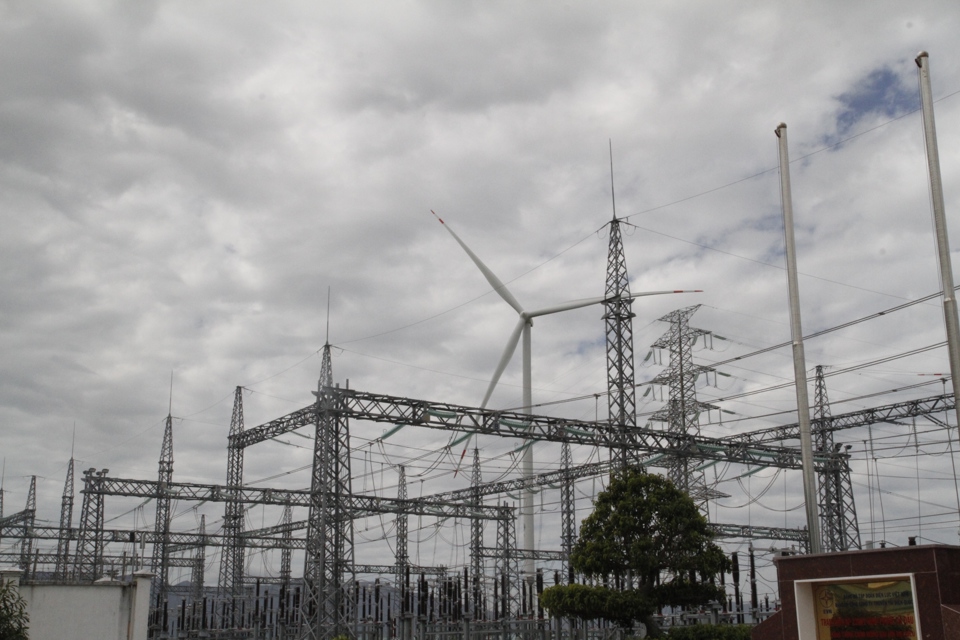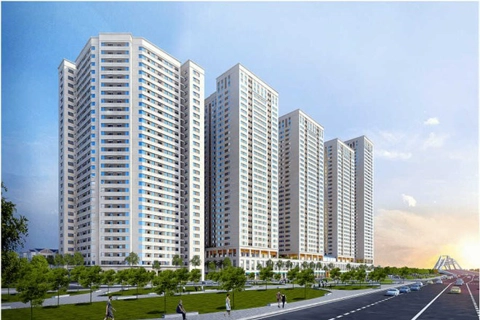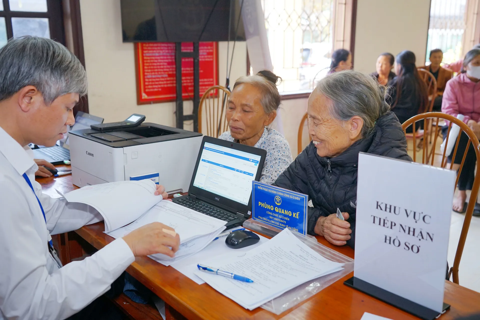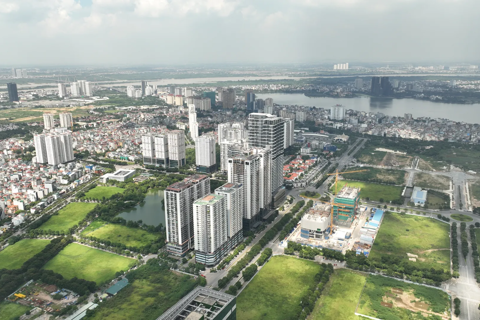Vietnam needs US$135 billion for energy infrastructure until 2030
By 2030, Vietnam will require an annual investment of approximately $11.3 billion-$13.5 billion in power source and grid projects.
Estimated capital requirements for investment and construction of power projects up to 2030 range from US$113 billion to US$135 billion, with approximately 88% allocated to the power source and the remainder to the grid project.
| A renewable energy project in the north of Vietnam. Photo: Khac Kien/The Hanoi Times |
The figures were mentioned in a proposal from the Ministry of Industry and Trade (MoIT) to the Government, detailing the implementation plan for the Power Development Plan 2021-2030, with a vision to 2050 (PDP VIII).
Over the period to 2030, Vietnam will require an annual investment of approximately $11.3-13.5 billion for power source and grid projects. By 2025 alone, the capital requirements will exceed $57 billion, with more than 84% for generation and the remaining 16% for the transmission grid.
Looking five years ahead, power projects will require nearly $72 billion in investment and construction, while the transmission grid will require about $6 billion.
Among the pressing power transmission projects in PDP VIII awaiting approval for implementation is the 500 kV Line 3 project from Quang Trach (Quang Binh) to Pho Noi (Hung Yen), stretching 514 km with an investment capital of about $1 billion.
Prime Minister Pham Minh Chinh has recently called for urgent investment and operation of this power grid project by June 2024, about a year ahead of the investor's original plan. The project aims to more than double power transmission capacity from the south to the north, increasing supply and alleviating power shortages in the northern regions in the coming years.
Advancing key projects
The total investment capital for power source and grid projects in PDP VIII is expected to come from public investment or other financing channels.
Major power projects, especially those using coal, will be classified based on type, region and expected operational timelines. The MoIT acknowledged that these projects may be at risk of delays due to difficulties in the investment preparation process. To address this, it plans to work with project investors to assess the feasibility of continuing with the projects or possibly considering termination.
Projects critical to ensuring the security of electricity supply, such as imported LNG-fired thermal power, domestic gas and large hydro, will be closely monitored for construction progress quarterly and annually. This monitoring will be used to update the national electricity supply capacity annually until 2030, allowing the authorities to propose solutions for any delayed projects.
For offshore wind projects, investment locations will be determined regionally, with localities considering factors such as production costs, grid capacity, transmission costs and overall economic and social efficiency when selecting the size and location of these projects.
Similarly, the capacity scale of concentrated solar power projects will be calculated by each locality based on the feasibility and capacity of the regional power grid, as well as the cost of electricity production and transmission.
Rooftop solar power projects will be distributed according to the size of the land area of the industrial park, with a target development capacity of approximately 2,600 MW by 2030. The distribution of other renewable energy sources, including concentrated solar power and wind power, will be based on regions, sub-regions and localities, taking into account transmission limits between regions and grid operation.
It is envisaged that 50% of office and residential buildings will be covered by self-produced rooftop solar power by 2030. In addition, proposals for small hydro, biomass and waste-to-energy projects will be made by the provinces based on their local potential.
It is estimated that approximately 86,500 hectares of land will be required by 2030 to implement the energy source and transmission grid projects outlined in PDP VIII. Of this, approximately 46,236 hectares will be required from 2022 to 2025 and approximately 40,202 hectares from 2026 to 2030. In addition, about 111,600 hectares of sea area will be used by 2030.
To ensure the effective implementation of this plan, the MoIT has recommended that the government instruct relevant ministries and departments to propose mechanisms and solutions to overcome obstacles.
In addition, local authorities will be tasked with reviewing their local planning to ensure synchronization and consistency with the overall implementation plan.
Localities will be responsible for selecting project investors based on the capacity scale of each type of energy source designated for the province in the plan.
For LNG projects without an investor, the respective locality will complete the selection process in the third quarter and accelerate the preparation and submission of project feasibility study reports, aiming to complete them by the fourth quarter of this year.











